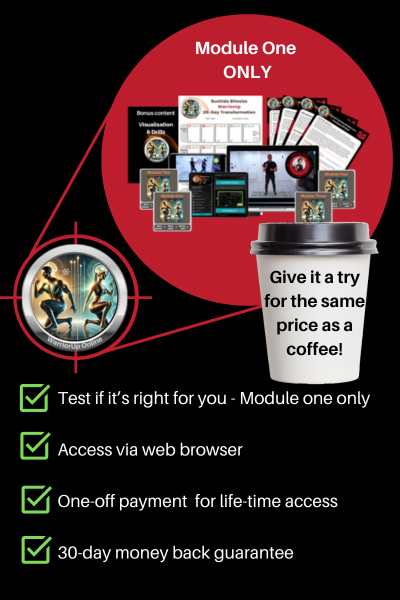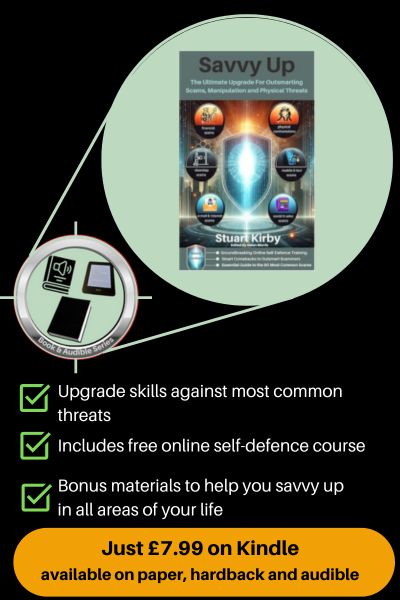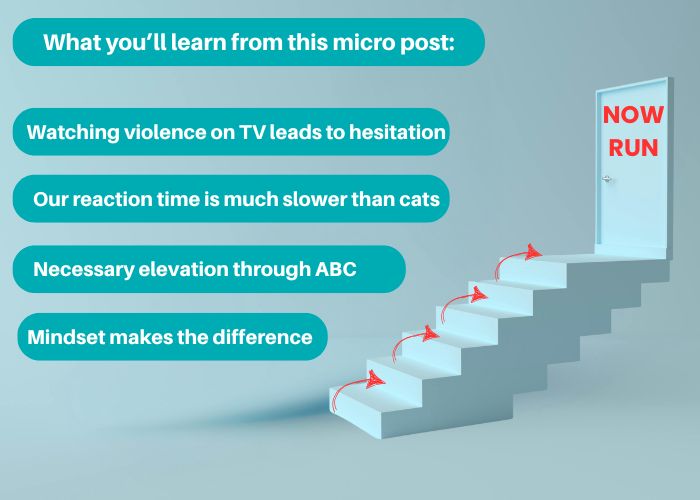
Always Be Climbing: The Self-Defence Mindset That Saves Lives
For most of us, our only experience of violence comes from films and TV shows. And honestly — that’s a good thing.
But it creates a dangerous side effect:
Our brains get trained to observe violence… not respond to it.
So what happens when violence does erupt in real life?
Let’s say a man loses control in the street — shouting, flailing, throwing punches. Your brain doesn’t leap into action. It hesitates. It tries to make sense of it.
“This can’t be real… have I wandered onto a film set? Is this a prank?”
And here’s the most dangerous part — denial kicks in.
Because facing the terrifying reality (“I’m in danger”) is far more emotionally overwhelming than dismissing it (“This is probably nothing”).
This isn’t just speculation. A classic study from the University of California showed that during emergencies, many people delay action not out of confusion, but because they’re unconsciously hoping it will resolve on its own.
That moment of mental negotiation — of waiting for “proof” — costs precious seconds.
And that pause could be the difference between moving to safety or becoming part of the tragedy.
Why WarriorUp Teaches Gut Instinct Over ‘Perfect Form’
In the WarriorUp programme, we teach our students one thing above all:
React with instinct. Not intellect.
We don’t train you to pause and assess.
We train you to act. Immediately. And if you’re going to overreact or underreact — go big. Overreaction, in the context of real violence, often buys time. Underreaction? It gets people hurt.
Now, let’s talk about speed.
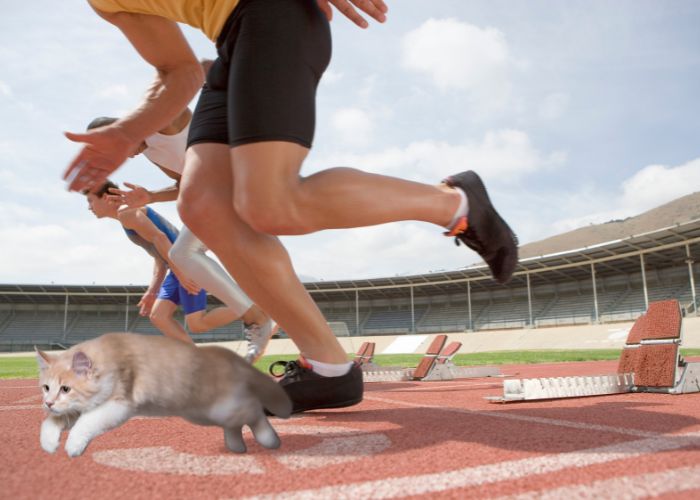
You’re Not Fast Enough. So Don’t Waste Time Thinking.
My cat — lovely creature — is 3 to 4 times faster than me.
A cat can react in 50–70 milliseconds.
Humans? Around 200–250 milliseconds.
(For context, a camera flash takes 1 millisecond.)
That’s the truth about human speed — our nervous systems are disappointingly slow. So when your brain is already playing catch-up, and you add hesitation on top of that?
You get the classic freeze: the rabbit in the headlights.

Introducing ABC: Always. Be. Climbing.
This concept came from an old sales manual I once read — “Always Be Closing.”
I adapted it for self-protection: Always Be Climbing.
In most martial arts or self-defence classes, you’re taught:
“If they do this, you do that — done.”
You drill a slick technique. Block. Disarm. Take down.
Works like a dream in the dojo.
But violence in the real world isn’t cooperative.
Your attacker isn’t your buddy. They don’t play their role.
They’re drunk. Or high. Or adrenaline-fuelled and unphased by your “kick in the knackers.”
And when your beautifully drilled move doesn’t work?
Hesitation creeps in.
That’s where it all falls apart.
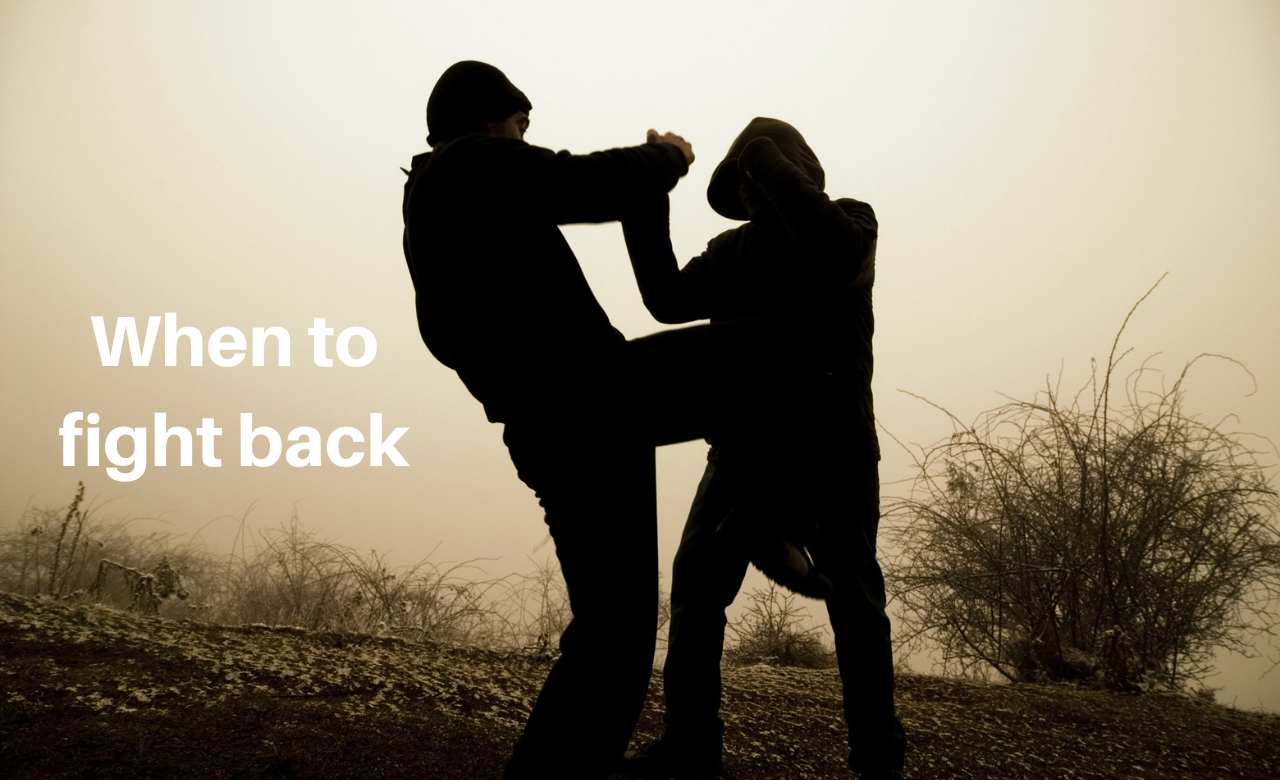
How ABC Shifts the Game
At WarriorUp, we teach that no technique is guaranteed.
So you must train your mind not only to react, but to keep reacting — to climb the ladder of force until you’re truly safe.
That means moving, striking, resetting, escalating —
until your attacker is on the floor and no longer a threat.
No pause. No confirmation.
Just controlled, purposeful action until you’re home safe.
The Mind is the Weapon. Everything Else is a Tool.
ABC teaches students that there is no “one and done” in real self-defence.
You’re not training to win a round — you’re training to survive a storm.
And that doesn’t come from technique.
It comes from mindset.
So yes — you’ll learn the skills.
But more importantly, you’ll learn to keep climbing, no matter what.
Because your life isn’t worth betting on a one-move miracle.
It’s worth preparing for.
Our next article talks about the ultimate ‘climb’ – the difference your hormones make to survival.


